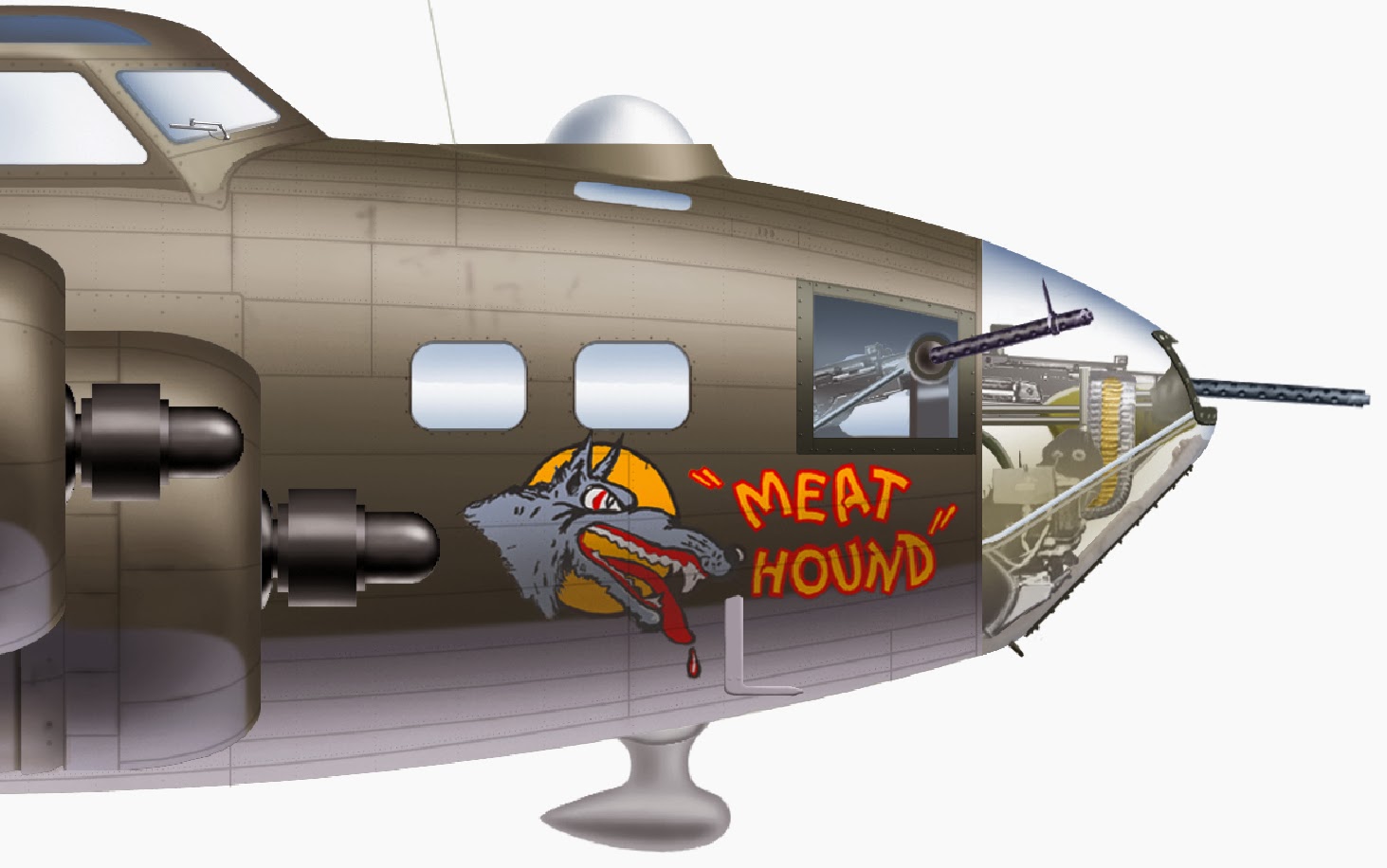Recuperación de un Sd.Kfz 10 en Alemania
El vehículo fue encontrado
durante unas obras en el apartadero de la estación ferroviaria de Euskirchen. El hallazgo sucedió el 10 de febrero de 2014 cuando la
policía recibió el aviso sobre las 13:00 horas. El Centro de Control de
Emergencias de Duisburg envió personal al lugar del descubrimiento para evaluar
el hallazgo.
Se trata de un
Sd.Kfz 10 enterrado en el apartadero de la estación y pronto comenzaron las
labores para determinar si había explosivos en el área. Una hora más tarde de
haberse recibido la llamada el equipo de desactivación de explosivos se personó
en el lugar terminando su inspección sobre las 15:15 horas. Gracias a un
vehículo especial se logró excavar la zona descubriendo que solo quedaba el
tren de rodaje del vehículo.
En la fuente
original se menciona que probablemente se trate de un Sd.Kfz 301 pero realmente
se trata de un Sd.Kfz 10 por las características de su tren de rodaje.
Fuente:
Polizei-news
English version
The vehicle was found during
construction work on the siding of
railway station Euskirchen.
The discovery happened on February 10, 2014 when police received notice about 13:00. The Emergency Control Centre
Duisburg sent personnel to the site of discovery to assess the find.
This is a Sd.Kfz 10 buried in the siding of the station and soon began the work to determine if there were explosives in the area. An hour later, having received the call the bomb disposal team presented himself at the site inspection ending on 15:15 hours. Thanks to a special vehicle managed to excavate the area discovered that there was only the chassis of the vehicle.
The original source is mentioned that it is probably a Sd.Kfz 301 but really it is a Sd.Kfz 10 features its undercarriage.
Sources:
Polizei-news
































